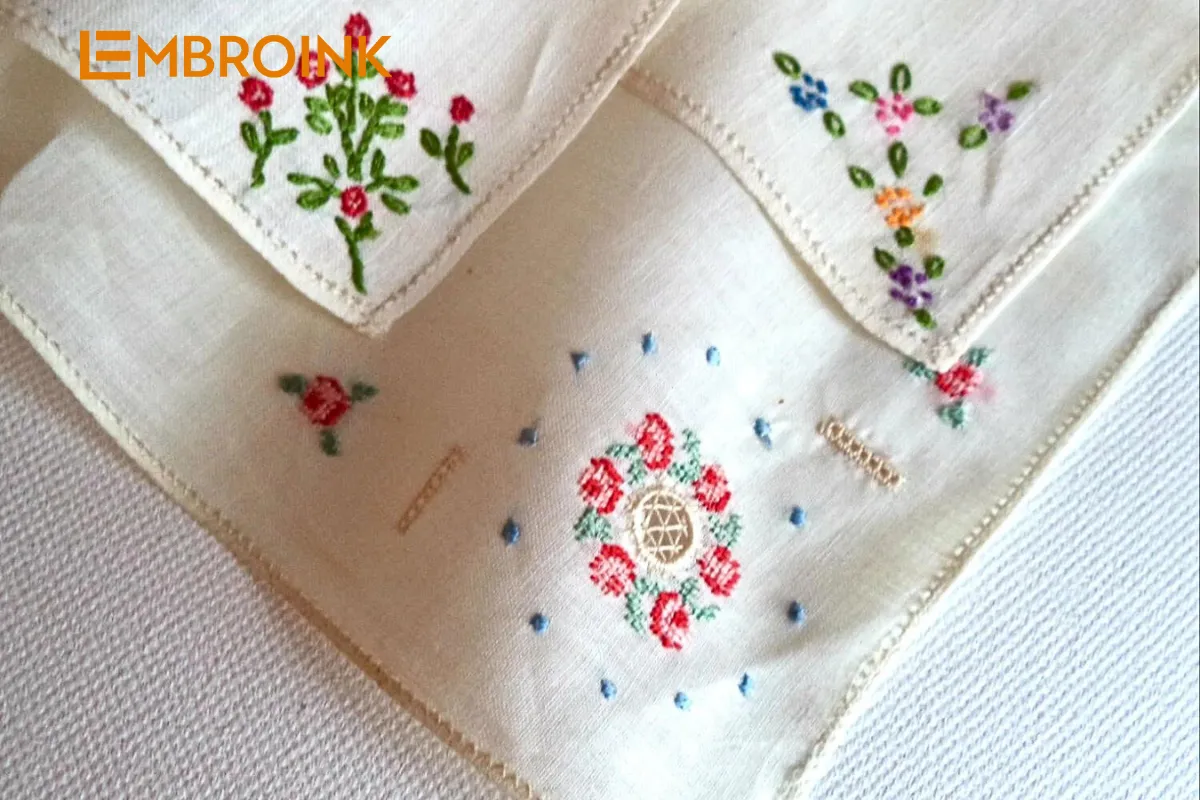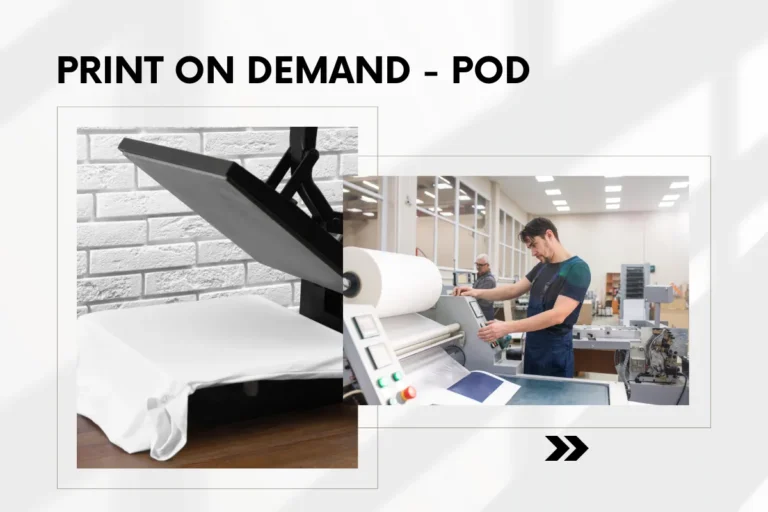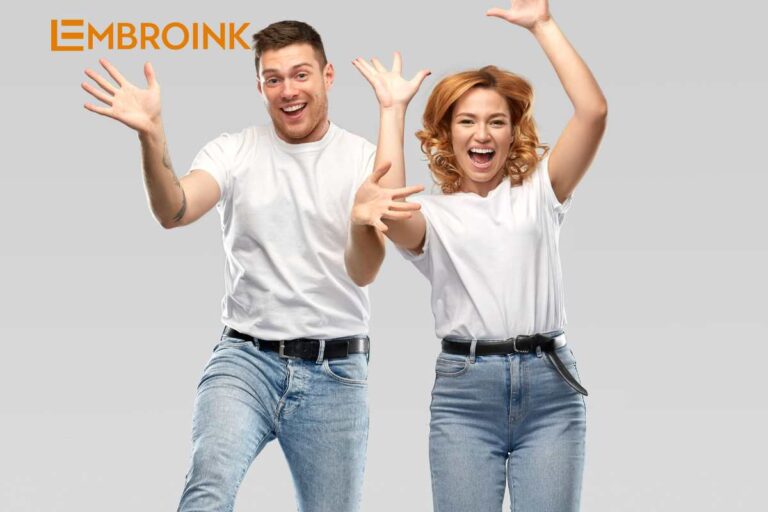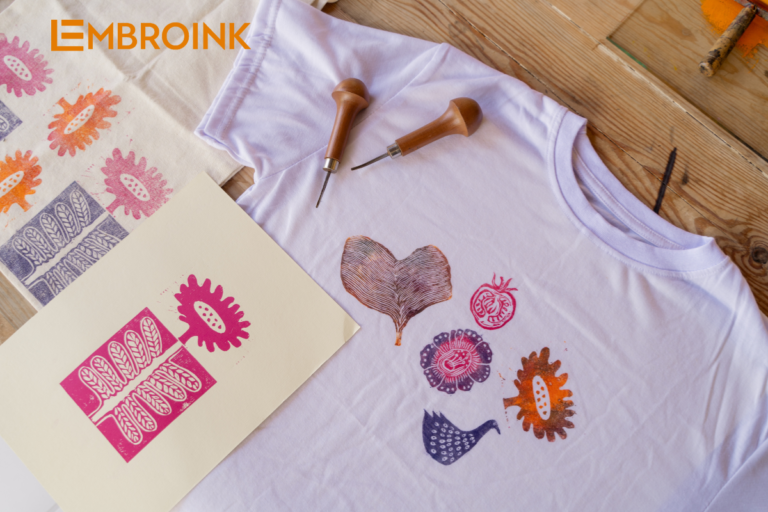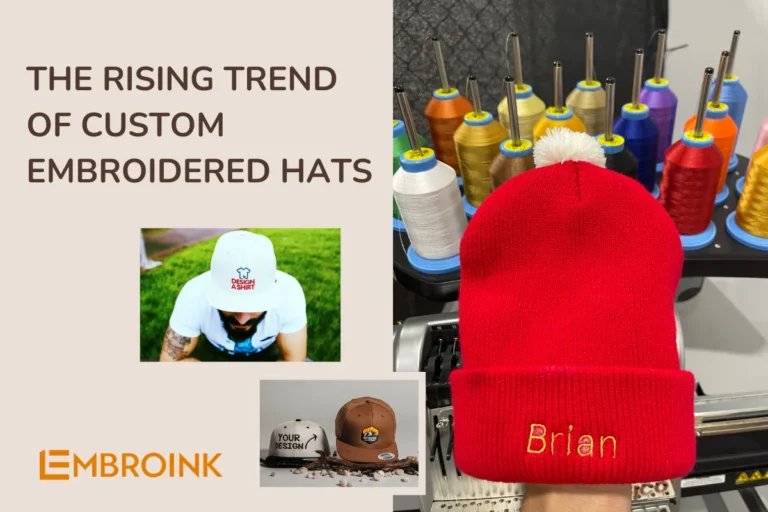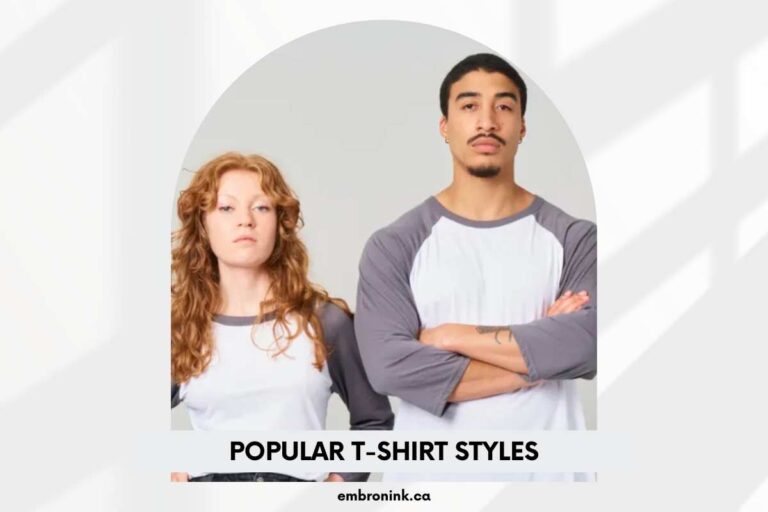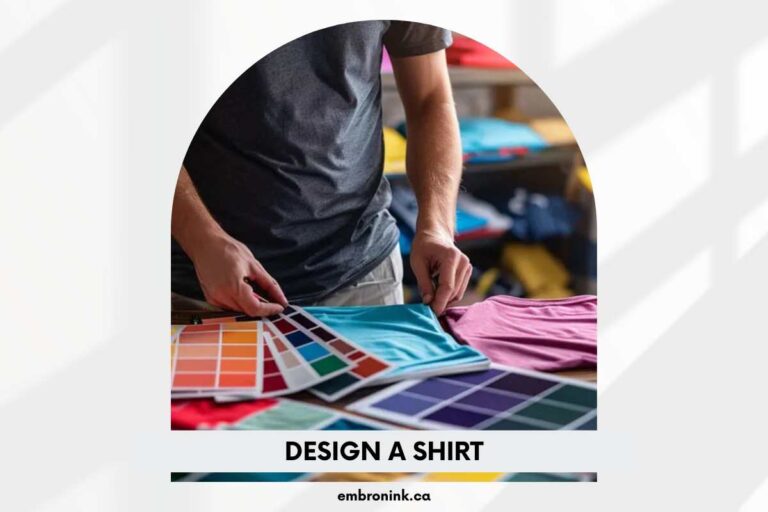Top fabrics for embroidery: Perfect choices for professional finish
Embroidery is an art that thrives on precision, creativity, and—most importantly—the right fabric. Choosing the ideal fabric can make all the difference in achieving a polished, professional finish. Whether you’re working on intricate designs or bold patterns, the fabric serves as the foundation of your masterpiece. In this guide, we’ll explore the top fabrics for embroidery that not only enhance your designs but also ensure that your stitches hold up beautifully over time. Let’s dive into the perfect choices for creating flawless embroidered works with EmbroInk.
What type of fabric is used for embroidery?
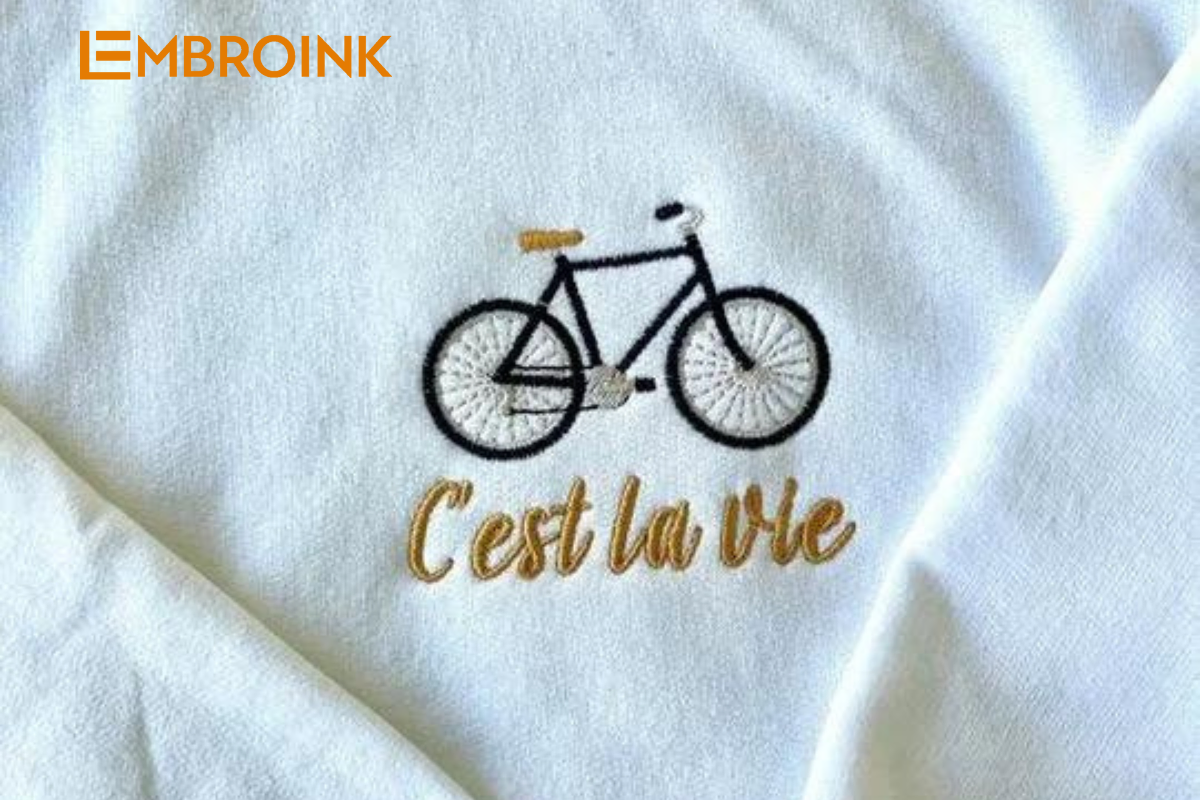
Embroidery can be done on various types of fabric, but the most commonly used fabrics are:
- Cotton – A versatile and easy-to-work-with fabric, cotton is perfect for beginners and professionals alike. It comes in different weights and is ideal for most embroidery projects.
- Linen – Known for its natural texture, linen is often used for embroidery because of its durability and the high-quality finish it provides. It’s especially popular for decorative pieces.
- Canvas – A heavier fabric, canvas is sturdy and great for embroidery projects that need to hold their shape, like tote bags or home décor items.
- Aida – This fabric is specifically designed for cross-stitch embroidery due to its clear grid pattern, making it easy to count stitches.
- Polyester Blends – Often mixed with cotton, polyester blends offer durability and wrinkle resistance, making them ideal for wearable embroidery projects.
- Silk – While more delicate and harder to work with, silk provides a luxurious finish, perfect for fine, intricate embroidery designs.
Each fabric type offers a different texture and feel, so choosing the right one depends on your project and the effect you’re aiming to create.
Criteria for choosing embroidery fabric
When selecting fabric for embroidery, it’s important to consider the following criteria to ensure the best results for your project:
- Fabric Weight: The weight of the fabric affects its thickness and strength. Medium-weight fabrics like cotton or linen are generally ideal for most embroidery projects as they provide enough stability without being too stiff or too delicate.
- Weave Tightness: Fabrics with a tight weave, such as cotton or linen, are great for supporting embroidery stitches. Loose-weave fabrics, like muslin or gauze, may cause the stitches to shift or distort.
- Stretchability: Non-stretchy fabrics, like canvas or denim, are easier to embroider on because they maintain their shape. Stretchy fabrics, like jersey or spandex, can be used but will require stabilizers to prevent distortion.
- Durability: Choose a durable fabric that can withstand repeated stitching, especially if your project involves dense or heavy stitching. Fabrics like canvas or denim can handle more stitches without tearing or warping.
- Color: The color of the fabric should complement your thread and design. Light fabrics make it easy to transfer patterns, while dark fabrics may require special transfer methods or bright-colored threads for visibility.
- Fabric Texture: Smooth fabrics allow for clean, even stitches, while textured fabrics like velvet or burlap can add depth but may be more challenging to embroider.
- Ease of Pattern Transfer: For light-colored fabrics, transferring patterns is easy with carbon paper or fabric pens. Darker fabrics may require specialty transfer methods, such as using white carbon paper or water-soluble transfer pens.
By considering these factors, you can select the most suitable fabric that not only enhances your embroidery design but also ensures a smooth and enjoyable stitching process
Top fabrics for embroidery: Perfect choices
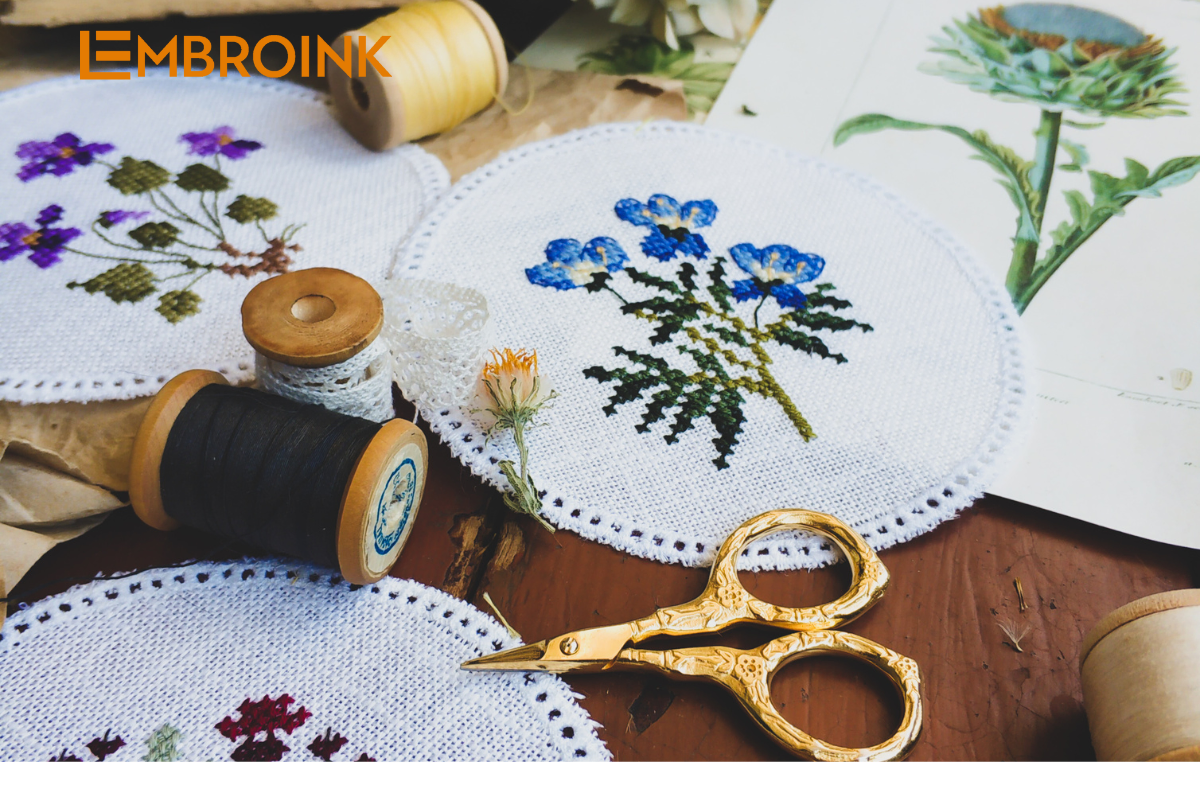
Fabric types and weights: Choosing the right one for embroidery
When it comes to embroidery, the weight of your fabric plays a crucial role in the final outcome. Fabric weight essentially refers to its thickness. I always opt for medium-weight fabrics—too thin, and the fabric may stretch excessively; too thick, and it becomes difficult to work with, especially when pushing a needle through dense material. Forcing a needle through thick fabrics can be tough on the hands, so I stick with medium-weight options for a comfortable and smooth stitching experience.
Fabric weights are typically measured in grams per square meter (gsm). The higher the gsm, the thicker and heavier the fabric. For example, Klona cotton, which I love working with, has a weight of about 160 gsm and is just right for embroidery projects.
Poplin, a blend of cotton and polyester, weighs around 120 gsm, which I find too thin—it tends to pucker when subjected to multiple stitches. On the other hand, drill cotton is about 260 gsm and feels a bit too heavy for my liking, so I prefer something lighter.
There’s a wide range of medium-weight fabrics available. Aside from Klona, I also enjoy using Calico, Linen, and various Polyester blends. These fabrics are quite forgiving—if you need to undo a row of stitches, the fabric usually shows little to no sign of it.
It’s best to avoid fabrics like jersey, knitted materials, spandex, nylon blends, and satin, as they can be tricky to work with and make it difficult to hide mistakes.
If you’re unsure, visit a fabric shop to get a feel for different materials. Most fabric labels or roll ends will list the gsm, making it easy to compare and choose the perfect fabric for your embroidery needs.
Fabric colour: Choosing the right base for embroidery
When it comes to fabric colour, you have endless options! Whether it’s Klona, calico, linen, or other cotton blends, these fabrics come in a variety of shades, giving you the creative freedom to choose whatever suits your design. The main thing to keep in mind is how you plan to transfer your pattern onto the fabric.
For light-coloured fabrics, you can easily stencil your design using coloured carbon paper or water-soluble fabric pens. However, for darker fabrics, it’s best to use white or yellow carbon paper for better visibility. If you’re new to pattern transferring, be sure to check out my tutorial on how to use carbon paper for a step-by-step guide!
Aida and hardanger fabric
If you’ve ever worked with cross stitch, you’re probably familiar with Aida fabric. This fabric has a distinct square grid, which makes counting stitches a breeze. Aida is not just limited to cross stitch—it’s also commonly used in Hardanger embroidery (a traditional Scandinavian style) and Blackwork. The clear square pattern is perfect for creating geometric and symmetrical designs.
Personally, I prefer fabrics with a less pronounced weave, as I enjoy a smoother base for my embroidery projects. But whether Aida works for you depends entirely on the effect you’re aiming for. It’s all about personal preference and the style you want to achieve!
Embroidering on clothes, home textiles, and accessories
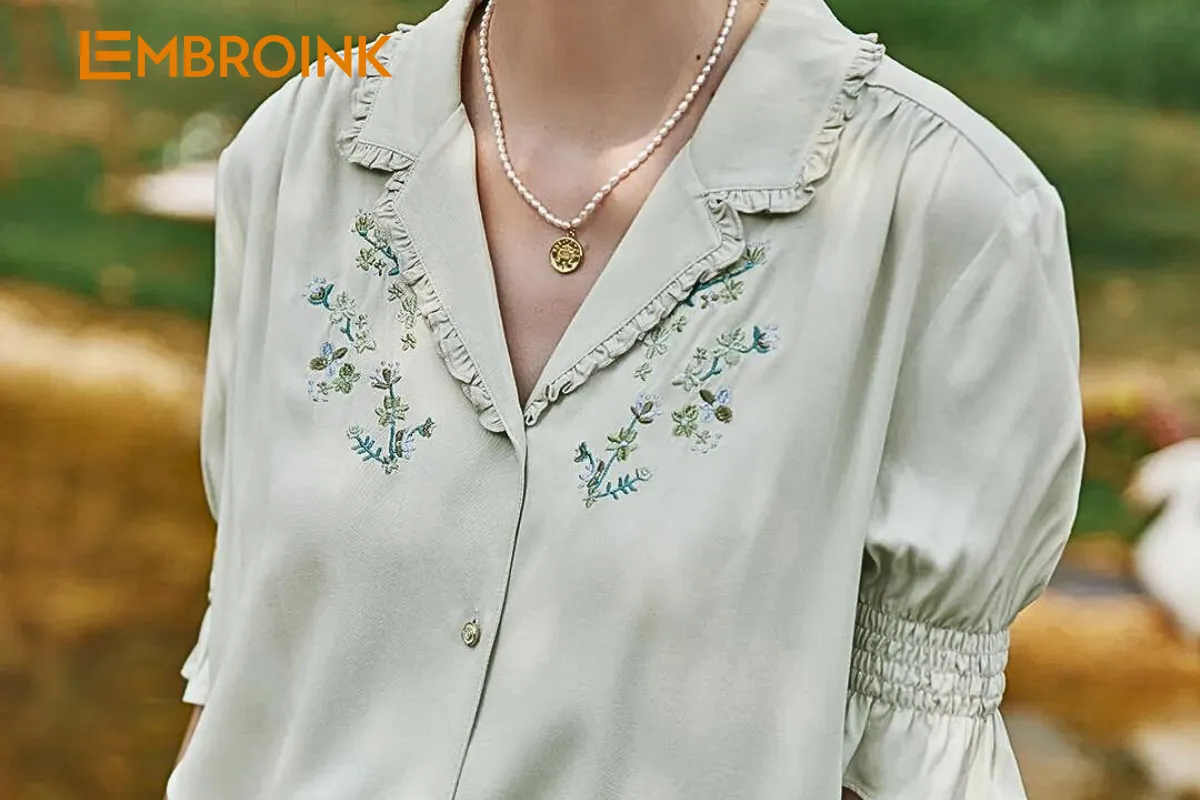
One of the most exciting things about embroidery is its versatility—you’re not limited to hoops! You can use embroidery to add a personal touch to clothes, tote bags, and home textiles, making everyday items truly unique.
For clothing, it’s best to choose non-stretchy fabrics like cotton blouses or even denim jackets (though denim can be thicker and slightly tougher to work with). Always wash the item beforehand to prevent any shrinkage or shape changes after your embroidery is complete.
If you want to embroider on stretchy fabrics like T-shirts, you’ll need to stabilize the fabric first. A stabilizer, also known as interfacing, helps prevent warping and puckering under the stitches. Interfacing comes in various weights—light, medium, and heavy—so be sure to pick one that matches your fabric’s thickness.
I personally prefer fusible (iron-on) interfacing, which can be ironed onto the fabric before you start stitching. It gives great support and helps the fabric maintain its shape. However, keep in mind that fusible interfacing can sometimes be visible through thinner fabrics like white shirts.
If you’re concerned about the stabilizer showing through, water-soluble stabilizers are a fantastic alternative. They provide support during the embroidery process and can be washed away once you’re done, leaving little to no trace behind!

